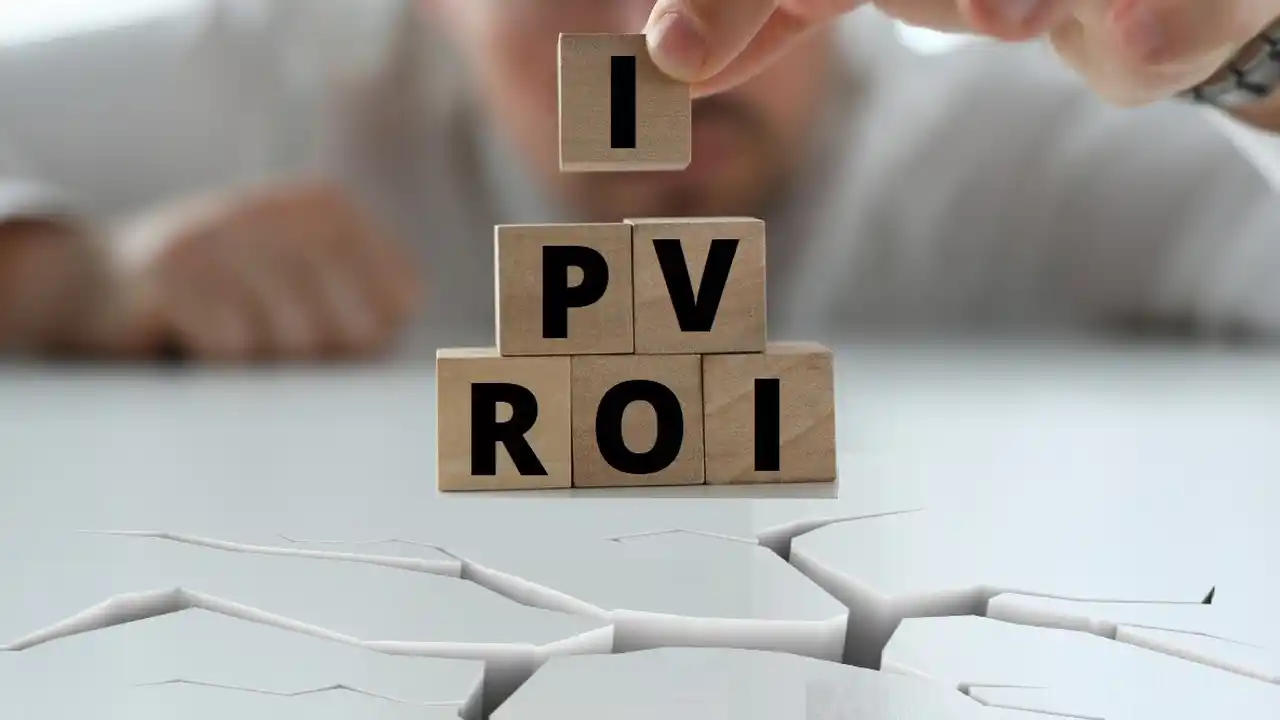Furthermore, microfinance assists developing-country entrepreneurs in creating new jobs. The local economy benefits when more people work. Spending more on local businesses and services. In this article, we will cover the characteristics of microfinance along with equivalent matters around the topic.
Microfinance generates employment in a variety of ways. This isn’t only for entrepreneurs. Grameen Bank employs around 21,000 Bangladeshis and provides microfinance services. Individuals will only be able to overcome poverty if this corporation creates tens of thousands of jobs.
Characteristics of Microfinance
Poor countries have many ideas but insufficient money to put them into action. MFIs offer this group specialized financial and non-financial services and items. Microfinance assists underprivileged persons in developing businesses, thereby alleviating poverty and providing financial freedom. Also, microfinance institutions in emerging and developing economies let more people open bank accounts, raise living standards, and help states reach UN Sustainable Development Goals. The characteristics of microfinance list is provided below for your research and educational needs.
Getting Loans Quickly
Because collateral isn’t required, there aren’t many restrictions or papers to complete out in order to obtain credit from microfinance organizations. Microfinance institutions make loans within 24 hours. Also, with financial technology, websites and mobile apps may issue loans in under 60 seconds.
SME Support
Microfinance banks, on the other hand, support entrepreneurs and boost the rural financial market, which gives funds to businesses and entrepreneurs. They train rural entrepreneurs to expand their businesses and learn new skills. Additionally,they make loans to assist government agencies and development partners in implementing credit-for-development projects.
Wealth Sharing
They provide financial services to persons who are unbanked in rural areas where commercial banks have not yet established themselves. Microfinance institutions have lax accounting requirements. People with money lend money to microfinance banks, which then lend it to businesses.
Simpler to Set up
Microfinance banks have lower capital requirements than deposit money, merchant, and mortgage banks. A large facility is not required. Microfinance institutions do not require several offices around the state or region; they can function from a single location. The law mandates regional and national banks to establish branches throughout the country.
Making Jobs
Microfinance banks assist enterprises in starting up and hiring. Therefore, microfinance firms employ employees. These individuals are mainly local. Business bankers may hire unskilled laborers who are unfamiliar with money and banking. Microfinance institutions, in essence, employ the impoverished.
High Rates
Financially, Indian MFIs fall behind private banks. After centuries, the Indian banking system remains strong. It gradually adjusts to new needs. Most microfinance organizations charge between 12 and 30% more than traditional banks (8-12%). The maximum interest rate on microfinance loans was reduced to 26% per RBI standards. The increased RBI standards helped MFI personnel but not borrowers. Many farmers in Andhra Pradesh and Maharashtra commit themselves because they can’t pay their debts since interest rates are rising.
Helps Families out
Microfinance banks can provide low-income households with household assistance credit to pay for housing, home equipment, medical expenses, and other expenses. Microfinance institutions can also lend money to monthly wage employees to cover everyday costs until their payments arrive.
Collateral-Free
Furthermore, microfinance institutions provide unsecured loans. Collaterals are mostly used in microfinance credit distribution systems for the poorest little co-ops that may lack physical collateral to obtain credit from commercial banks and other banking institutions.
Lessens Stress
Some microloans may utilize for personal rather than economic reasons, according to some. Some people take out loans to cover costs or to buy groceries. This is correct. Without this product, it would be difficult to buy food or pay expenses. Even if not used in business, it relieves tension. Fear is essential to poverty. Poverty is agonizing even in developing countries. It leads to people looking for terrible solutions. It has the potential to sever families.Having extra hands means more money-making opportunities, therefore having birth can aid in difficult situations. If these stress symptoms subside, households will be able to focus on their work and take care of themselves, even if their net income does not grow immediately.
Savings Support
Deposit made by the community The key advantages of microfinance banking systems are the ability to save and borrow money. Self-Help Cooperatives are funded by low-income individuals’ contributions. Customers are advised by microfinance institutions to save any sum. Regular cash deposits are common. Microfinance offers a safe harbor for those who want to avoid wasting their savings. People can save a lot of money this way for commercial, personal, and household necessities such as tools and space for their businesses, school tuition, housing, and home appliances. Savings generate interest.
FAQ
How does Microfinance Help People who are Poor?
Microfinance seeks to alleviate poverty by assisting underprivileged individuals in establishing companies. This award-winning article examines market-based approaches to poverty reduction in developing nations. Therefore, their influence may not be as strong as most people believe.
What Kinds of Organizations Offer Microfinance?
Credit unions, private banks, non-governmental organizations (NGOs), cooperatives, and government banks all provide microfinance. This type of MFI is becoming more frequent as “for-profit” ones increase. The Indian government classifies these “for-profit” MFIs as NBFCs.
When did Small Loans Begin?
Yunus had an impact on the growth of microfinance. In 1976, Yunus established Bangladesh’s Grameen Bank. Also, it was among the first to make small loans to people who were deemed too poor or creditworthy for bank loans.
Conclusion
Approximately two-thirds of the world’s population lacks access to traditional financial markets. However, loans, savings, and future expenditures are challenging for low-income individuals who do not have collateral. Groups particularly distrust women. I appreciate you reading the characteristics of microfinance guide. Visit the website to learn more and expand your knowledge with other helpful resources. Explore the implications of features of microfinance subject by reading this report.






